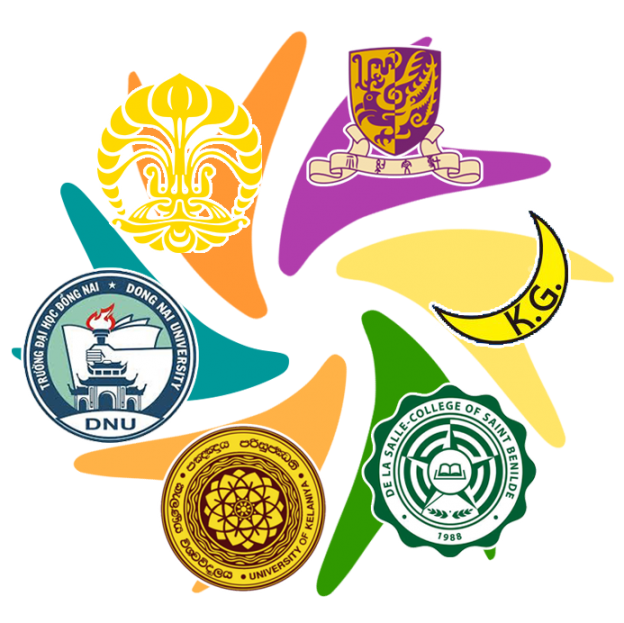As we pointed out earlier, spoken language phonologists are interested in finding out the patterns of sounds, e.g., how sounds are used distinctively to contrast meaning. To begin analyzing the phonology of a language, we need to look for the minimal units that serve to distinguish words from each other. These minimal units are called phonemes. Languages differ in the number of phonemes they use, ranging from just 11 to over 100. English has approximately 37 to 41 depending on the dialects, while the average number of phonemes across spoken languages is about 30 (Hayes, 2009).
How can phonologists find out what phonemes are used distinctively in a spoken language? They look for minimal pairs. In a minimal pair, the two words are basically identical, except for one difference. In English, time [taɪm] and dime [daɪm] only differ in the initial consonant, and the two words have different meanings. This follows that /t/ and /d/ are two distinct sounds and are separate phonemes in English (Hayes, 2009). Another minimal pair example is tip [tɪp] and tap [tæp]. These two words differ only in the vowel. Since changing the vowel from [ɪ] to [æ] or vice versa will result in a different word, /ɪ/ to /æ/ are considered separate phonemes in English. Please note: the correct phonetic transcription for ‘tap’ is [tæp], not [tap] as shown in the video.
Sign language phonologists can make use of minimal pairs to look for phonemes (i.e., handshape, location, movement) in a sign language, too. In fact, Stokoe argued that the handshapes, locations and movements in his model are all phonemes (he called them ‘cheremes’ in his early works which were conceptually equivalent to ‘phonemes’) identified through the use of minimal pairs in ASL. In what follows, we will list out examples of minimal pairs in ASL and HKSL.
1. Minimal Pairs of signs in ASL and HKSL that differ in handshape:
CAR – ASL (Battison, 1978)
SECRET – HKSL
WHICH – ASL (Battison 1978)
MOTHER – HKSL
2. Minimal Pairs of signs in ASL and HKSL that differ in location:
ONION – ASL
HOSPITAL – HKSL
APPLE – ASL
GREY – HKSL
3. Minimal Pairs of signs in ASL and HKSL that differ in movement:
NAME – ASL (Battison, 1978)
DIFFERENT – HKSL
SHORT – ASL (Battison 1978)
TRY – HKSL
Apart from handshape, location and movement, Battison (1978) argued that signs in ASL may only differ in terms of the palm orientation, and the examples given by him were CHAIR and NAME.
NAME – ASL
CHAIR – ASL
Hence, Battison (1978) proposed that palm orientation should be added as the fourth phonological parameter in ASL, in addition to the first three parameters (handshape, location, movement). HKSL has minimal pairs with a difference in orientation, too.
SEWING-MACHINE – HKSL
PUSH – HKSL
In recent years, it was found that some signs are only distinguished by a difference in non-manuals. This has become the fifth phonological parameter. Below are two sets of examples from ASL and HKSL.
LATE – ASL
LACK-KNOWLEDGE-OF – HKSL
NOT YET – ASL
UNSKILLED – HKSL
If you are interested in the identification of minimal pairs in other sign languages, you may consult Makaroğlu et al. (2014) and Morgan (2017).
References
- Battison, R. (1978). Lexical borrowing in American Sign Language. Linstok Press.
- Hayes, B. (2009). Introductory phonology. Wiley-Blackell.
- Liddel, S., & Johnson, R. (1989). American sign language: The phonological base. Sign language studies, 64, 197-277.
- Makaroğlu, B., Bekar, İ. P. & Arik, E. (2014). Evidence for minimal pairs in Turkish Sign Language (TİD). Poznań Studies in Contemporary Linguistics, 50(3), 207–230.
- Morgan, H. (2017). The Phonology of Kenyan Sign Language (Southwestern Dialect). [PhD dissertation, University of California].
![]()
